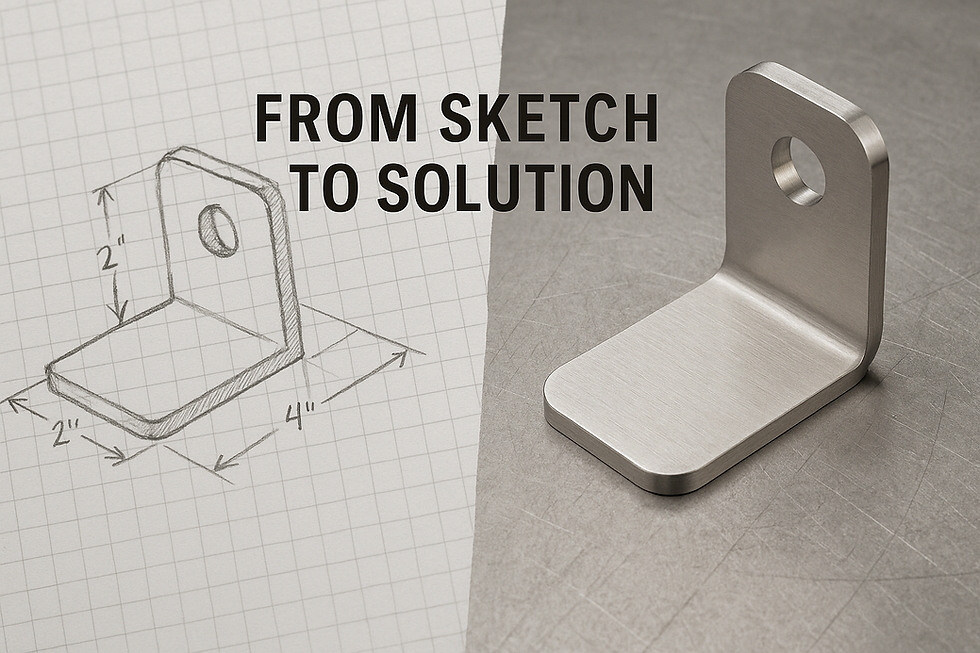What is the difference between MIG welding and TIG welding?
- adlib01
- Mar 18, 2021
- 2 min read
Updated: Apr 11, 2021

The difference between MIG welding and TIG welding is primarily the way the arc is used. While both MIG and TIG weld using an electric arc, the techniques are completely different.
MIG (metal inert gas) is gas metal arc welding. MIG uses a consumable feed wire that continually moves through a hand-held torch gun to create the spark, then melts to form the weld.
TIG (tungsten inert gas) is gas tungsten arc welding. With TIG welding, the torch holds a non-consumable tungsten electrode, and shielding gas is fed over this through a supply line. A filler rod is hand-fed into the weld puddle, while electrical current is varied with a torch-mounted control or a foot pedal.
MIG Welding & TIG Welding Experience
MIG welders are better for beginners because they are produced with a wire electrode on a spool that is fed at a pre-selected speed through a welding gun. Gas metal arc welding (GMAW or MIG) is automatic or semi-automatic operation that is simple to learn. The most complicated aspects of MIG are selecting the proper shielding gas and setting the parameters on the machine. Once these are in place, it is about how well the operator can maneuver the gun.
TIG is much harder to learn than the other methods. It requires a highly skilled welder to coordinate both hands and one foot simultaneously. The balancing act requires having a torch in one hand, holding filler rod in the other hand, and controlling the torch's heat with a foot.
MIG Welding Advantages & Disadvantages
Advantages:
The MIG process can be used to create strong welds.
Fusing can be performed at higher speeds with greater deposition rates and with less post-welding cleaning.
MIG can be used on any metal surface and has the capability to weld materials as thin as 26-gauge.
Disadvantages:
While all types of metal can be welded with the MIG process, the various materials require different wires and gasses. The welder must know the correct combinations to use and set the machine appropriately.
When using MIG, it is important that the workpiece is clean, free of any paint, rust, and other debris.
The working environment must have stable, draught-free conditions.
TIG Welding Advantages & Disadvantages
Advantages:
The TIG process provides the cleanest, most aesthetically pleasing welds for critical joints and for situations where small or extremely precise welds are required.
It can be performed with a wide variety of metals.
It can produce high-quality and high-purity welds that are critical for certain applications.
The process provides the welder greater control over the weld to produced stronger, higher quality welds.
Disadvantages:
The TIG process requires a coordinated, skilled, and experienced welder.
It is a slower, time-consuming process and the filler deposition rate is much lower.
TIG can be performed with most metals however, but not all. There are some metals that cannot be welded.
The material must be immaculate to avoid a weak weld.
So, when do you use which process?
When it absolutely must look perfect and you have the time required, TIG welding is best option. MIG welding is not as clean as TIG, but it is a faster, more efficient, and easier for most applications and especially for bigger projects.





Comments